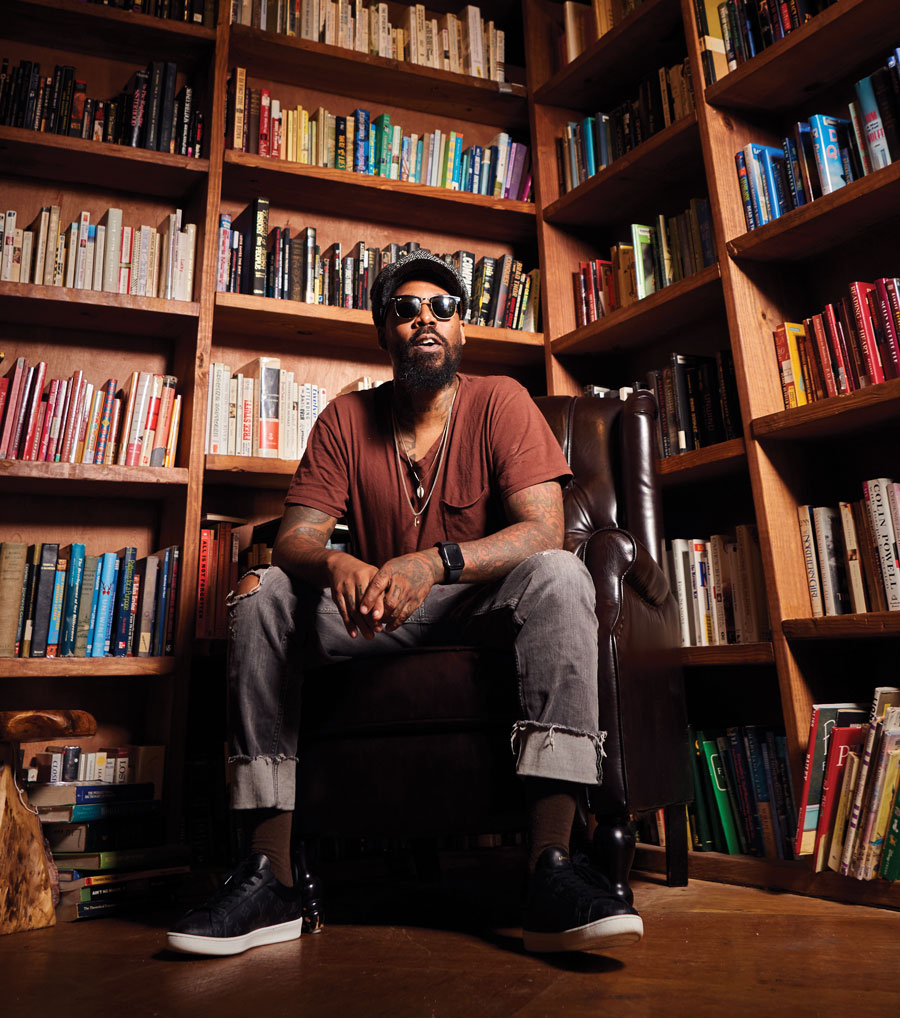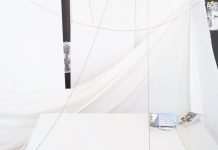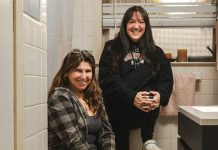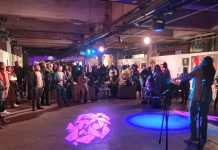
Photograph by Eley Photography
Atlantans is a first-person account of the familiar strangers who make the city tick. This month’s is Miya Bailey, a painter and tattoo artist, as told to Kamille Whittaker.
I came of age in Atlanta. In 1994, I was 19 years old, and all I had on me was $300, a couple of business cards, and a pager. I was trying to find my voice as an artist, but I still had one foot in the streets. I still found my way to the trouble. After a while, I was feeling like I wasn’t living my destiny, my blessing.
And so, I just left everything cold turkey. I cut off all my hair—I had locs—and got rid of all that old life and that old energy. I completely let go of doing anything that I felt was negative and wasn’t focused on my art. I lost a lot of friends, or people who I thought were my friends. But the ones who stuck around knew I was following my destiny.
Back then, the arts scene in Atlanta was focused on the music industry. When I first moved here from Asheville, I thought I would see all these Black artists and Black painters everywhere doing gallery shows. But it was just LaFace Records, Dungeon Family, TLC, So So Def. I’m not a rapper, I don’t sing, I don’t make beats. I make art, though. I went to the Art Institute of Atlanta, hooked up with other artists, and we started consistently doing art shows together as a collective we called the Prophet Family. That’s what helped start the grassroots art scene that exists in the city today.
No matter what people say, Atlanta is still segregated when it comes to business and money and the arts. There are still little racial barriers that need to be broken down. It’s better now, but it wasn’t always like this. White galleries in Buckhead were not inviting us in to exhibit our work. A majority of Atlanta artists had to make their money outside of Atlanta. We had to create our own spaces so we could do our own thing here.
We ended up finding an abandoned building in Castleberry Hill in 2006. Any money I made when I was on the road doing tattoos and selling my paintings, I put right back into Castleberry Hill. We built out the first City of Ink, piece by piece, until we opened it to the public in 2007 as both a tattoo shop and an art gallery. The shop blew up so fast that we all started making money, and it put everybody in a good situation.
Business is really good under the City of Ink and Peters Street Station art and community center umbrellas. But it would be awesome to have more of that support come from the collectors in Atlanta. The city has a lot of collectors but many are still going out of town to buy works.
When art collectors do buy here, they go to the artists that came from the institutions before they go straight to the streets. The artists that go to school for art and artists that are doing it for the streets are different. The energy of someone coming from the streets is more raw. Basquiat was from the streets. He was from the gutter. He wasn’t the best artist, but he captured raw feeling and something real. Sometimes, you want the polish, like [Black artist] Charles White. Sometimes, you want both. I like to see someone create something out of nothing.
I haven’t painted in three years. That’s a very long time for me. I was consumed with my tattoo work and a relationship, which took away from my painting.
Painting and relationships have the same type of energy for me, so I’m having a very hard time finding that balance as an artist. Art is my life, so how can you find balance in that? I want to be immersed in it. I don’t want to take a break from it. But I’m learning that I have so many different responsibilities when it comes to nurturing a relationship outside of art. It takes a lot of time, patience, and understanding. Sometimes . . . I just want to make art. I just want to express my love in art, or I want to express my pain in art. And sometimes, I just don’t want to talk about it.
I never had a time in life where I wasn’t working. I’ve been doing art since I was two, and I’ve been working as an artist since I was 10 years old.
My mom instilled art in me. She would say, I named you Miya Bailey. You are an artist! So, I have to live up to the name she gave me. I never had a doubt about if I was going to make it as an artist even though I had other dreams. I don’t remember ever not having that dream—to be an artist and to be around other artists—as a little boy. And those two things are coming together now. When the vision that we had when we were young and who we are now become the same person—I think that’s when we arrive.
This article appears in our September 2021 issue.














